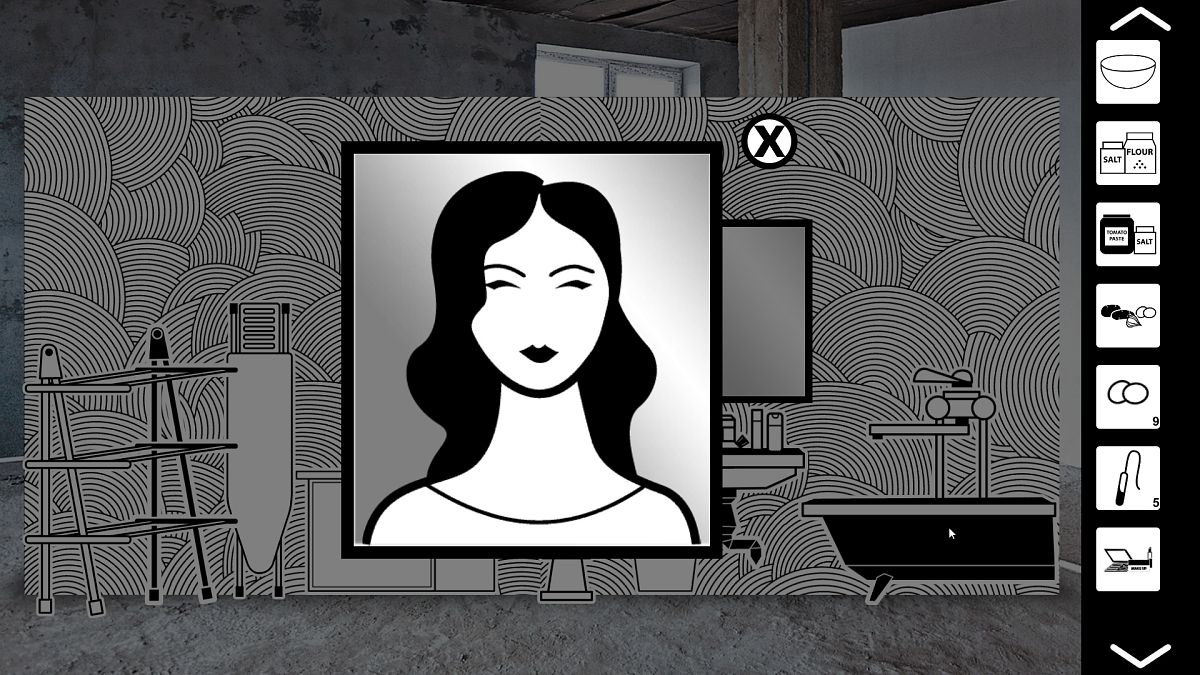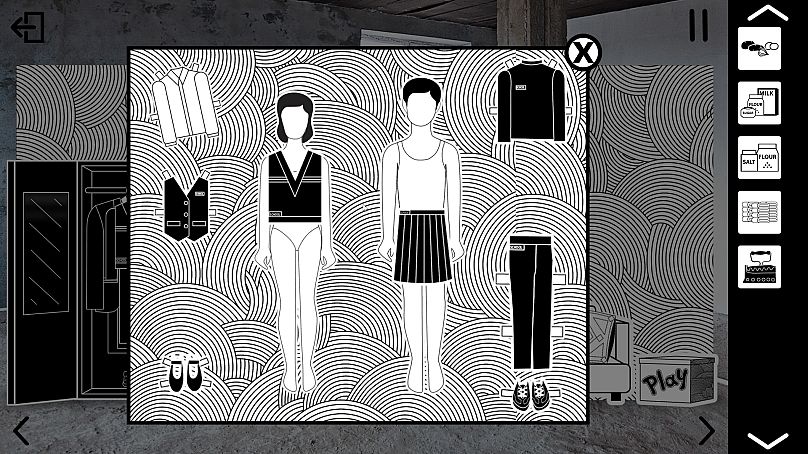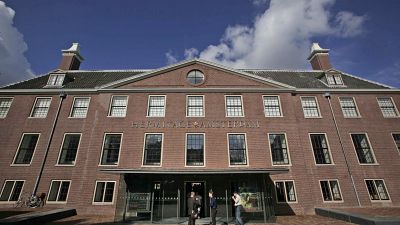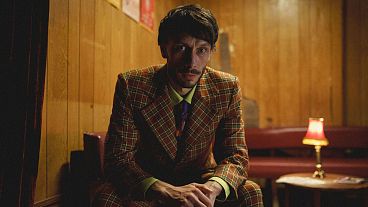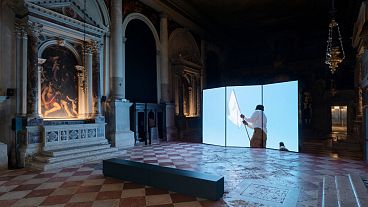Closed down by the current infighting in Ukraine, a group of artists and human rights activists are determined to keep the one and only Gender Museum of Eastern Europe alive in the virtual world.
In the midst of the ongoing conflict in Ukraine, a dedicated group of artists and human rights activists have embarked on a mission to preserve the only gender museum in Eastern Europe by taking it to the virtual world.
Through the creation of a video game called Vona/She, they aim to keep the Gender Museum's message alive and accessible to all.
Just a few kilometers away from the frontlines, the activity of the gender museum in Kharkiv has been brought to a standstill. The Russian invasion of Ukraine has damaged all aspects of Ukrainian life. But despite the intense shelling from Moscow's forces, the glass doors of the small exhibition center remain intact. Its invaluable collection of 4,000 objects and art pieces have been spared so far from destruction hidden inside the building walls.
The video game is seeking to create a virtual version of the museum, making it accessible to anyone with a mobile device or computer in order to raise funds to ensure its survival until it can reopen its doors.
“Now that it is closed, this video game is allowing all these people who used to enjoy the museum to keep in contact with it. And also, all these people who lost their homes and are living now as refugees in other countries, can reconnect with their roots”, said Maria Sánchez, the soul behind Vona/She, and a Spanish contemporary art specialist and researcher.
Inception
The idea behind Vona/She was born in 2016, when Daniel Sánchez, CEO of Spanish video game studio Gammera Nest, came across a press publication about María Sánchez’s initiative to save the only gender museum in Eastern Europe which she fell in love with during a fellowship program at the Kharkiv’s gallery.
At that time, Ukraine was already fighting against pro-Russian nationalist groups in the Donbas region, and the museum funds had to be reallocated to defensive efforts. The video game was part of a campaign launched by Maria Sánchez to channel donations to sustain the Gender Museum.
But they never thought that six years later, the project would become an essential platform for the Gender Museum to continue with its mission and bring attention to an ongoing conflict that is always at risk of fading from headlines.
“This video game is not only about vindication that the museum is still there even though it’s closed, but also a reminder of suffering that thousands of people, especially women, are experiencing because of war”, explained Daniel Sánchez from Gammera Nest.
Dealing with male dominance
The video game Vona/She challenges players to assume the role of a housewife striving to fulfill the expectations of her family. Initially, this gaming experience may seem mundane and tedious: “My daughter has been playing for 30 hours”, joked Daniel Sánchez. However, everything changes when players make decisions that contradict the routine norms dictated by heteropatriarchy.
Sacrificing their daily tasks to prioritize self-care will lead to the discovery of a new intimate space within the house. This hidden sanctuary contains pieces from the Gender Museum collection, serving as reminders of women who rebelled against oppressive systems. The game also prompts players to reflect on identity, the roles of women and men within the family institution, and indirectly, the role of the museum itself as a catalyst for social change.
“This is so important in countries in Eastern Europe like Ukraine. Because they are not educated in the values of gender equality. Women for example occupy only 3% of political roles. Gender issues are not on their agenda. This museum is essential for boys and girls to grow up knowing that they don’t have to become a soldier or a football player, or become a housewife and learn how to do your hair… because these are the textbooks they have in Ukraine”, María Sánchez told Euronews Culture. “There everything is blue or pink”.
Gender glasses
Kharkiv’s gender museum is a rare exception in the post-soviet world which is still grappling with equality. From ancient artifacts to contemporary artworks, the Gender Museum's collection showcases the contributions of women in various fields, such as art, literature, politics, and science. The museum website encourages visitors to put on "gender glasses" to see and experience firsthand the impact of social roles and gender expectations.
It tells the story of the women of Ukraine and their evolving role in society, as they bear the burden of war from the rearguard and exile. "Men are fighting on the frontline, and women are fighting another struggle, which is providing for their families, leaving their country as refugees, starting from scratch, having lost everything, not knowing if they would ever return," added María Sánchez.
Tatiana Isaieva, the director of the Gender Museum, has been collecting testimonies from Ukrainian women coping with the armed conflict. They are the last chapter of their history. These stories will become part of the museum's collection in the future, when, hopefully, its resilient glass doors in Kharkiv can open again.
